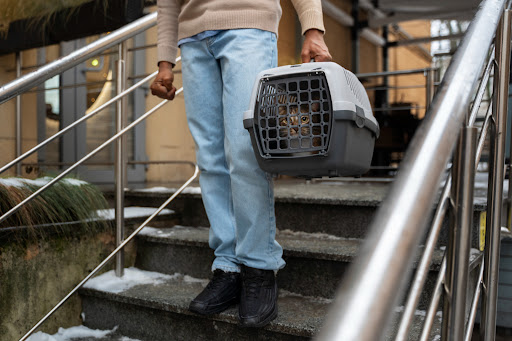Tarpaulin covers are an essential part of any outdoor space. They serve as a temporary roofing solution and provide protection from harsh weather conditions such as rain, wind, and extreme temperatures. Tarpaulins also protect furniture and other valuable items from UV radiation, dirt and dust deposition.
When selecting tarpaulin covers for daily use, it is important to consider a variety of factors including size, fabric type, shape, and color and quality assurance.
Size:
When choosing a tarpaulin cover for everyday use, the size should be appropriate for the area where it will be used. If the tarp is too small or too large for the area you are covering then it may not provide optimal protection. It is also important to consider the size of the items you plan on covering with the tarp, such as furniture or vehicles. This will ensure that there is enough room for the tarpaulin to cover them completely.
Fabric Type:
When selecting a tarpaulin cover for everyday use, it is important to consider the type of fabric used in its construction. The most common fabrics used are polyethylene (PE) and nylon-coated polyester (NCP). PE tarps are lightweight and offer good resistance to water and UV radiation, while NCP tarps offer superior strength and tear resistance. Additionally, both types of fabrics come in different thicknesses so it is important to select one that suits your needs.
Shape:
Tarpaulin covers come in a variety of shapes and sizes, from rectangular to triangular. When selecting a tarp for everyday use, it is important to consider the shape of the items you are covering as well as the area that needs protection. For instance, if you plan on covering furniture then a rectangular tarp would be more suitable than a triangular one.
Color:
When selecting a tarpaulin cover for daily use, it is also important to consider its color. Darker colors such as green or brown can help blend into nature better while lighter colors such as white may provide better visibility in low light conditions. It is important to select a color that suits your needs and preferences.
Quality Assurance:
When selecting a tarpaulin cover for everyday use, it is important to ensure that the product is of good quality. This will help ensure that it provides adequate protection from the elements and lasts longer. Checking customer reviews can be an effective way of determining if a particular tarpaulin has good quality assurance. Additionally, checking the manufacturer’s warranty information can provide valuable insight into how long the product should last and what it covers in terms of repairs or replacements.
Conclusion:
Selecting the right tarpaulin cover for daily use is important to ensure optimal protection from harsh weather conditions as well as general wear and tear. It is important to consider factors such as size, fabric type, shape, color and quality assurance when making your selection. Doing so will help ensure that the tarpaulin cover you choose is of good quality and provides the protection you need for daily use.
Finally, it is also important to check customer reviews as well as warranty information from the manufacturer in order to make an informed decision about which tarpaulin cover would be best suited for everyday use.
The above content has provided a brief overview of how to select the right tarpaulin covers for daily use. With these tips in mind, you can easily find the perfect tarpaulin to provide optimal protection and durability for any outdoor space or activity. Investing in a quality product now can save time and money later on. So, choosing the right tarpaulin is key to ensuring a successful outdoor experience.
By considering factors such as size, fabric type, shape, color and quality assurance when selecting your tarpaulin cover you can be sure that it will provide optimal protection and last for years to come.
The final task is to ensure proper maintenance of your new tarpaulin cover – depending on the material used; this may include periodic cleaning or replacing of torn parts. The best way to keep your tarp in good condition is by avoiding exposure to extreme conditions (such as direct sunlight), folding and storing it properly after each use, and keeping it away from sharp objects or abrasive materials. Following these simple guidelines will help to extend the lifespan of your tarp, thus enabling you to get the most out of it.




